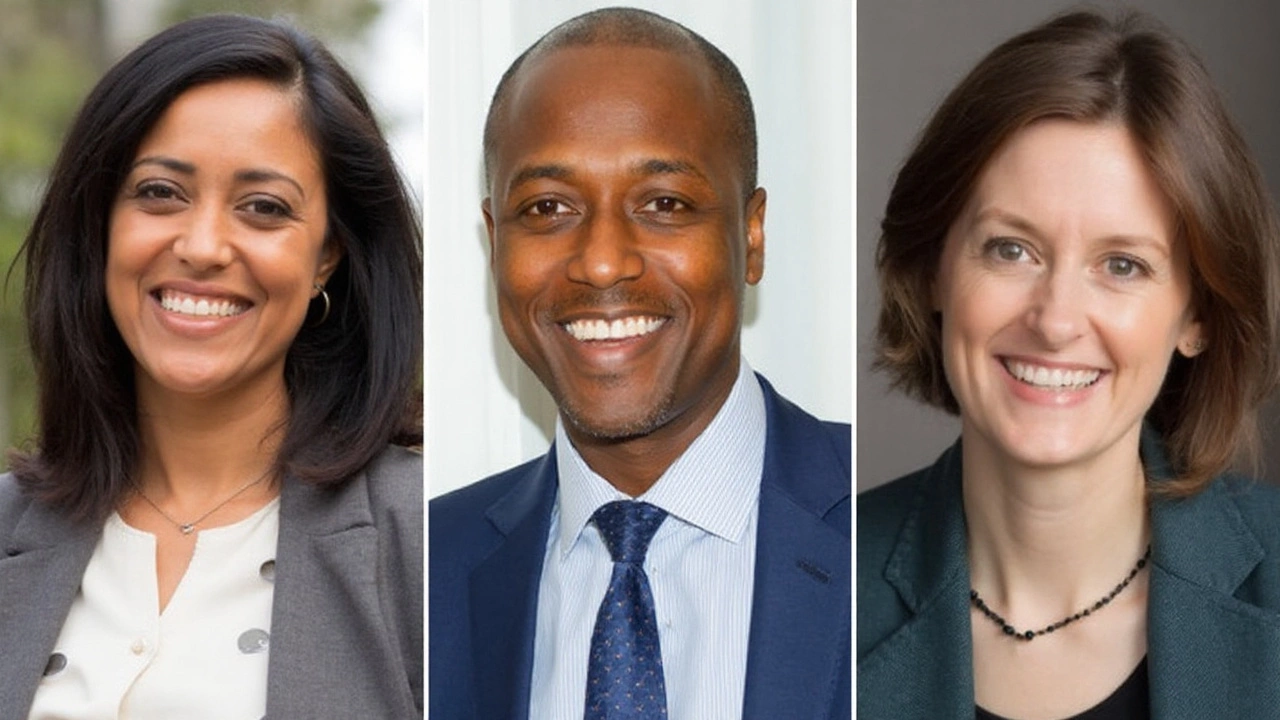Cabinet Reshuffle: Understanding the Why and How
When working with cabinet reshuffle, the process by which a head of government replaces or reassigns ministers within the executive team. Also known as ministerial shake‑up, it often signals a shift in political leadership, a response to public pressure, or a strategy to refresh government policy. Cabinet reshuffle is usually initiated by the prime minister and can be triggered by a loss of parliamentary confidence, a scandal, or the need to tighten up a coalition. In short, a reshuffle re‑orders the power structure inside the executive and often sets the tone for the next legislative session.
Key Players and Forces Behind a Reshuffle
The prime minister decides who stays, who goes, and which portfolios get new faces. This decision‑making is influenced by party dynamics, media narratives, and the timing of upcoming elections. When the media spotlight intensifies on a particular department, the prime minister may move the incumbent to a less visible role, replacing them with a fresh minister to regain public trust. At the same time, senior party members lobby for positions that align with their policy agendas, creating a balancing act between loyalty and competence. The reshuffle, therefore, requires careful negotiation; it connects the interests of the party, the expectations of voters, and the strategic goals of the government.
Understanding a cabinet reshuffle helps you read between the headlines. If you see a defence secretary swapped out just before a major overseas commitment, the move likely aims to project a stronger stance or to placate allies. A finance minister’s removal amid a budget crisis signals that the leader wants to reset economic messaging. Every change reverberates through the civil service, influencing how policies are drafted, implemented, and communicated. Below you’ll find a range of articles that break down recent reshuffles, analyse their impact on specific ministries, and offer insight into the political calculus that drives these high‑stakes rearrangements. Dive in to see how the pieces fit together and what the next reshuffle could mean for the country's direction.
Keir Starmer reshaped his top team after Angela Rayner quit over a ministerial code breach linked to stamp duty. David Lammy becomes deputy prime minister and justice secretary, Yvette Cooper shifts to foreign secretary, and Shabana Mahmood takes the Home Office. A dozen posts changed as Starmer tries to steady the government and reset priorities.
